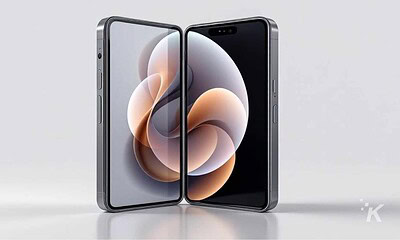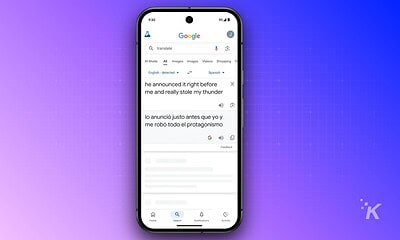News
New under-screen facial recognition tech scans for real skin
Under-display cameras struggle to gain adoption in smartphones due to poor facial recognition. But that could change soon.
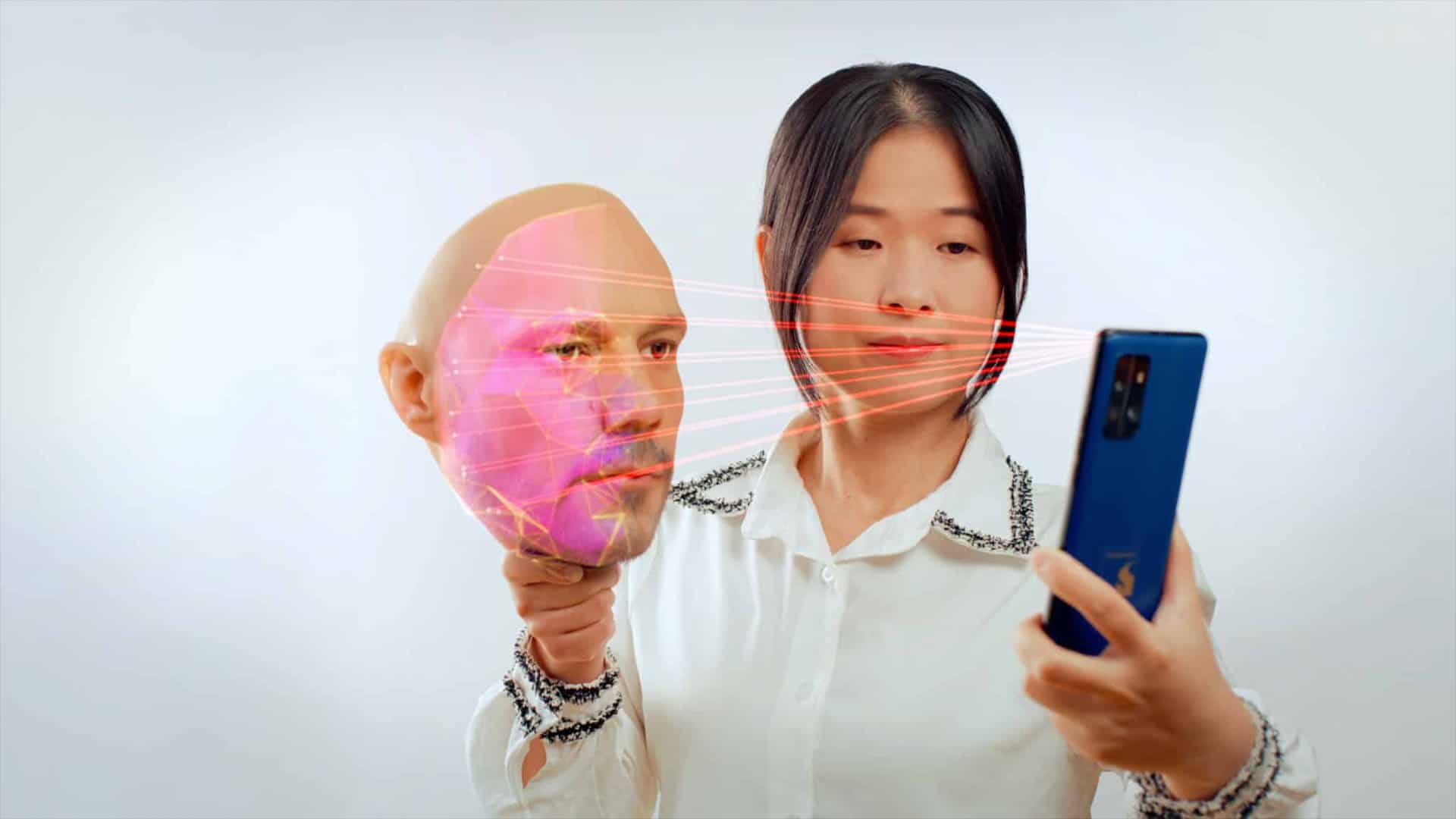
Just a heads up, if you buy something through our links, we may get a small share of the sale. It’s one of the ways we keep the lights on here. Click here for more.
Under-display cameras are a bit of a rarity in the smartphone world. A major barrier to their widespread adoption is their struggle to recognize faces accurately.
Since they sit behind a screen, they can’t capture all the details required to distinguish a recognized user from an imposter accurately.
But that’s starting to change. Qualcomm (the company that likely designed the processor in your Android phone) has partnered with trinamiX to support its under-display facial recognition tech in its latest chipsets.
How it works
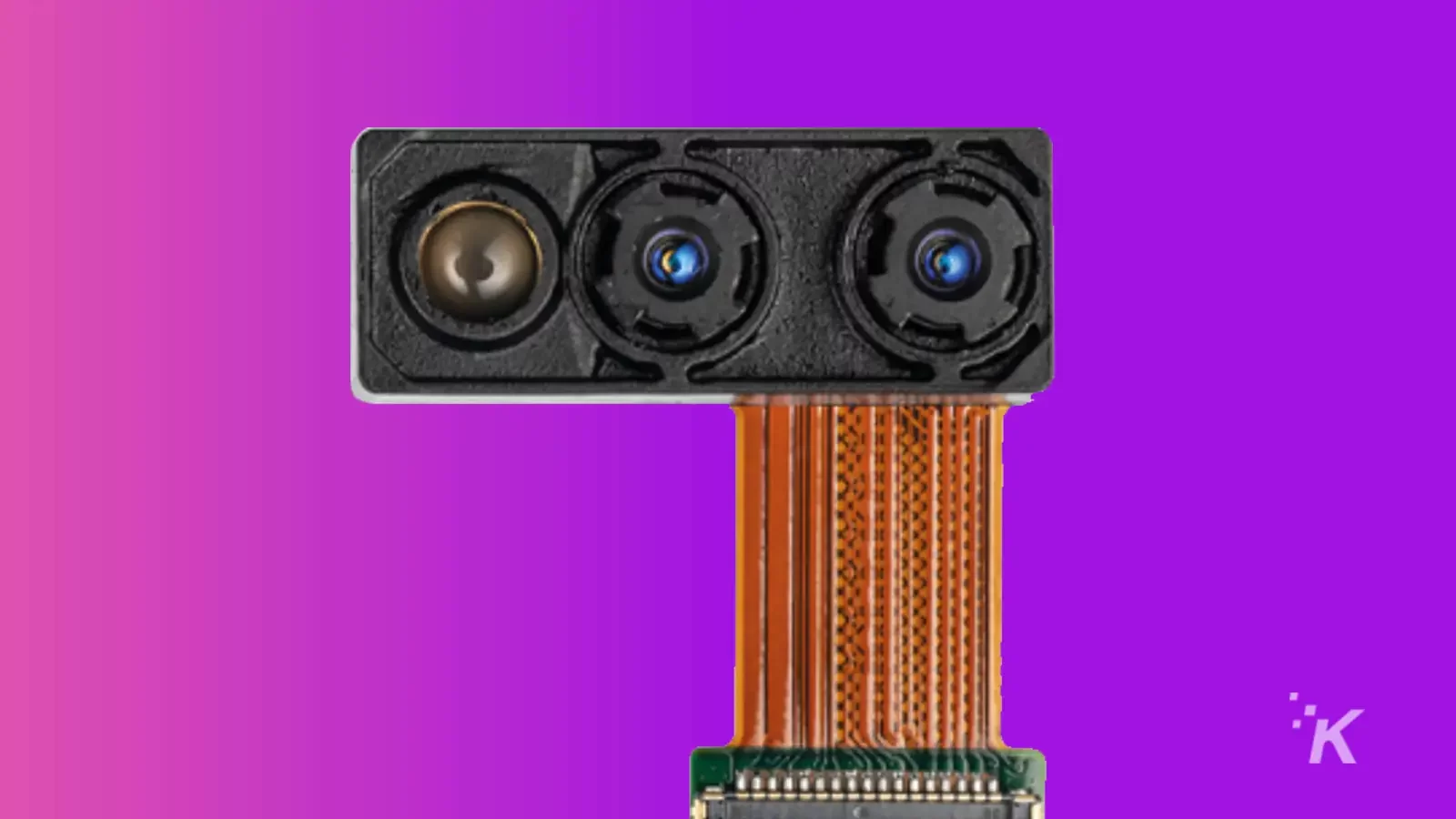
TrinamiX’s tech purportedly achieves spoof-proof facial recognition, even when placed behind an OLED screen, and can spot when someone is wearing a hyper-realistic face mask.
It combines standard facial recognition tests with “liveness” checks. The latter works by searching for the telltale signs of human skin, which are impossible to replicate even with the most compelling silicone masks.
This test — called the Beam Profile Analysis — works by casting a regular dot pattern against the user’s face.
It measures the reflection of each dot with an infrared (IR) camera and processes the results against a patented algorithm. This algorithm then returns a verdict: “Skin” or “no skin.”

In its own tests, the trinamiX Face Authentication tech identified facial replicas with a 100 percent success rate.
It has since earned various certifications, including the IFAA Biometric Face Security Test Requirement, allowing it to be used as an authentication method for sensitive applications, like mobile payments.
Qualcomm will support trinamiX Face Authentication in the upcoming Snapdragon 8 Gen 2 platform. This chip is intended for flagship devices and is rumored to feature on the upcoming Samsung Galaxy S23 series.
Other efforts in facial recognition

It’s worth noting that other companies have wrestled with making under-screen cameras suitable for biometric authentication.
Earlier this year, Samsung received approval for a patent that used dual under-screen cameras to verify a user’s authenticity securely.
When you double the number of front-facing cameras, you also double the amount of data available for biometric authentication tasks.
Conventional smartphones manage with just one camera — but remember, they also don’t have a huge piece of display sitting between them and the user.
This approach has three major downsides. It adds cost, weight, and takes up valuable space.
ZTE — which introduced the first device with an under-display camera in early 2021 — has its own solution. It increased the pixel density of the projector used to map the user’s face by a factor of ten.
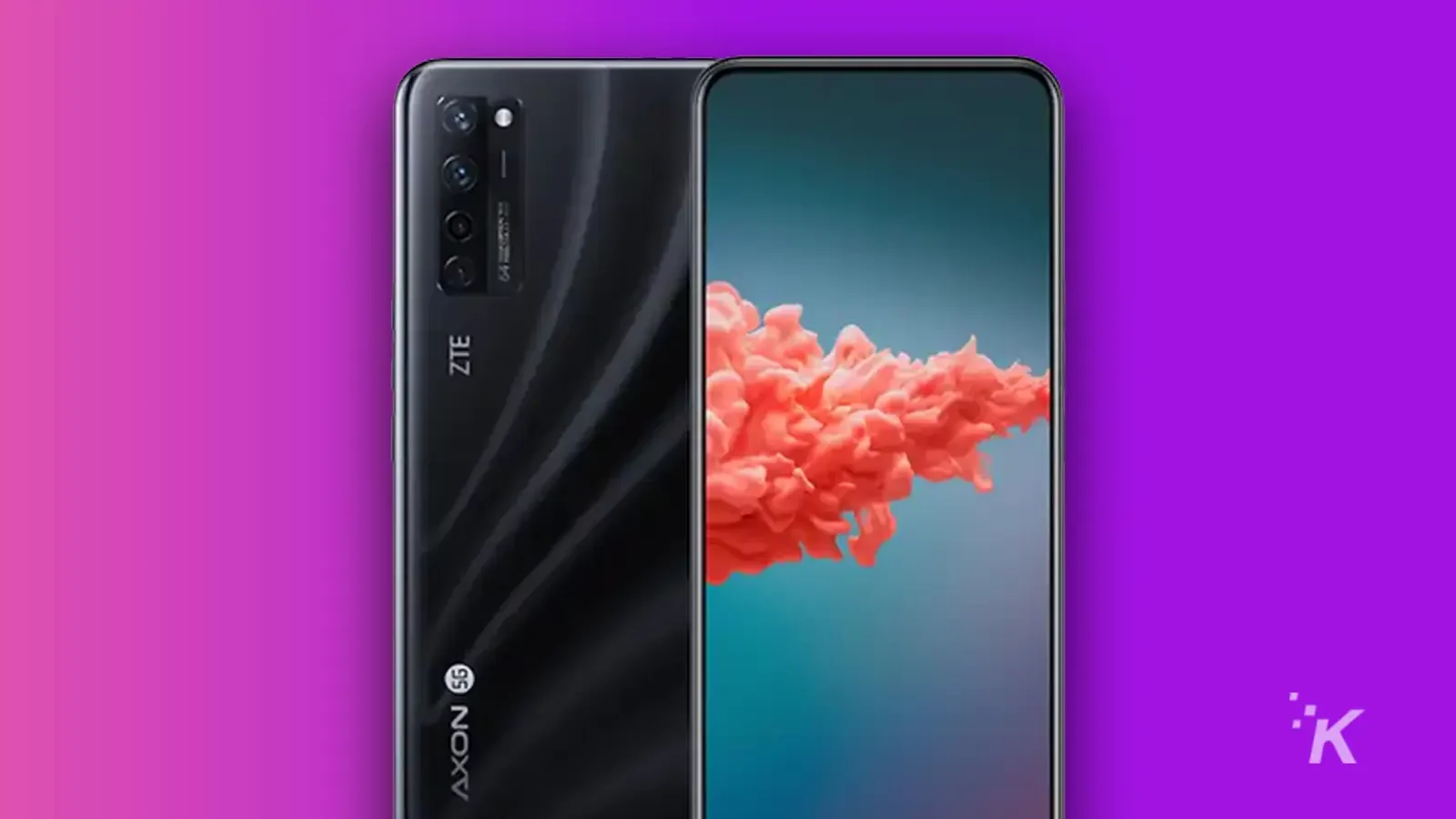
With more light passing through the screen, the phone can produce a more faithful digital representation of the user’s face. This, according to Engadget, is accurate enough for mobile payments.
What makes trinamiX so interesting? Well, the fact it’s supported by a major — if not the leading — mobile chipset vendor gives it a major advantage over the competition.
Trinamix Face Authentication has also won the support of several certifying bodies, including FIDO, which sets the standard for many authentication technologies.
It wouldn’t be a surprise to see this tech eventually appear on other devices, including low-end and budget phones. As a result, we’re one step closer to eliminating the unsightly camera notch for good.
Have any thoughts on this? Carry the discussion over to our Twitter or Facebook.
Editors’ Recommendations:
- This search engine is basically Google but for facial recognition
- Shady AI company agrees to limit sales of facial recognition tech
- iPhone 15: News, rumors, leaks, pricing, and release date
- Google Pixel 8: Release, price, and features
















